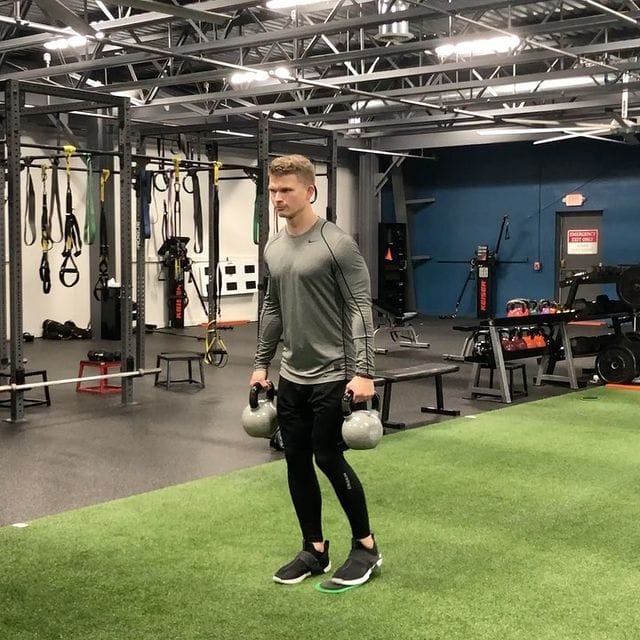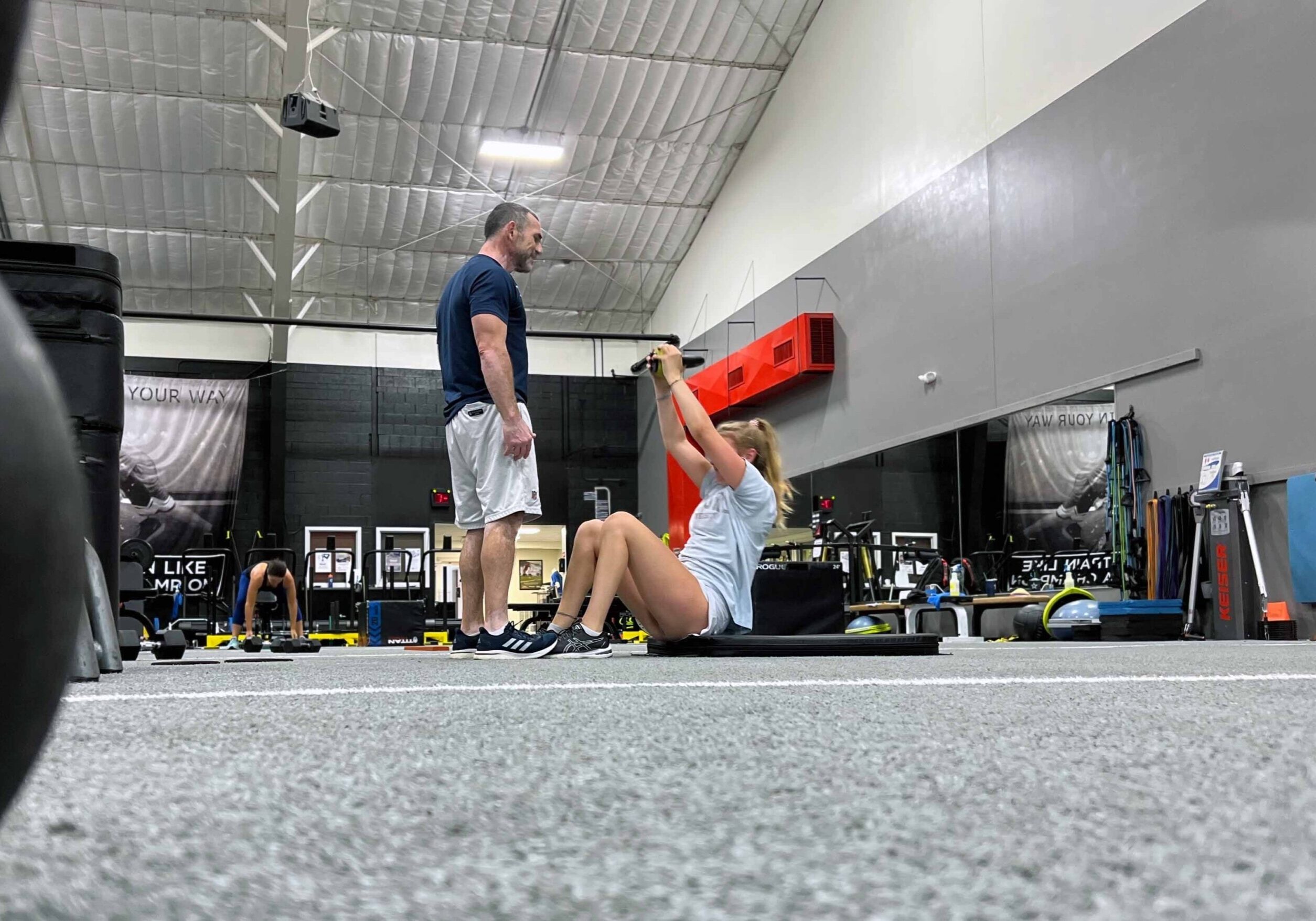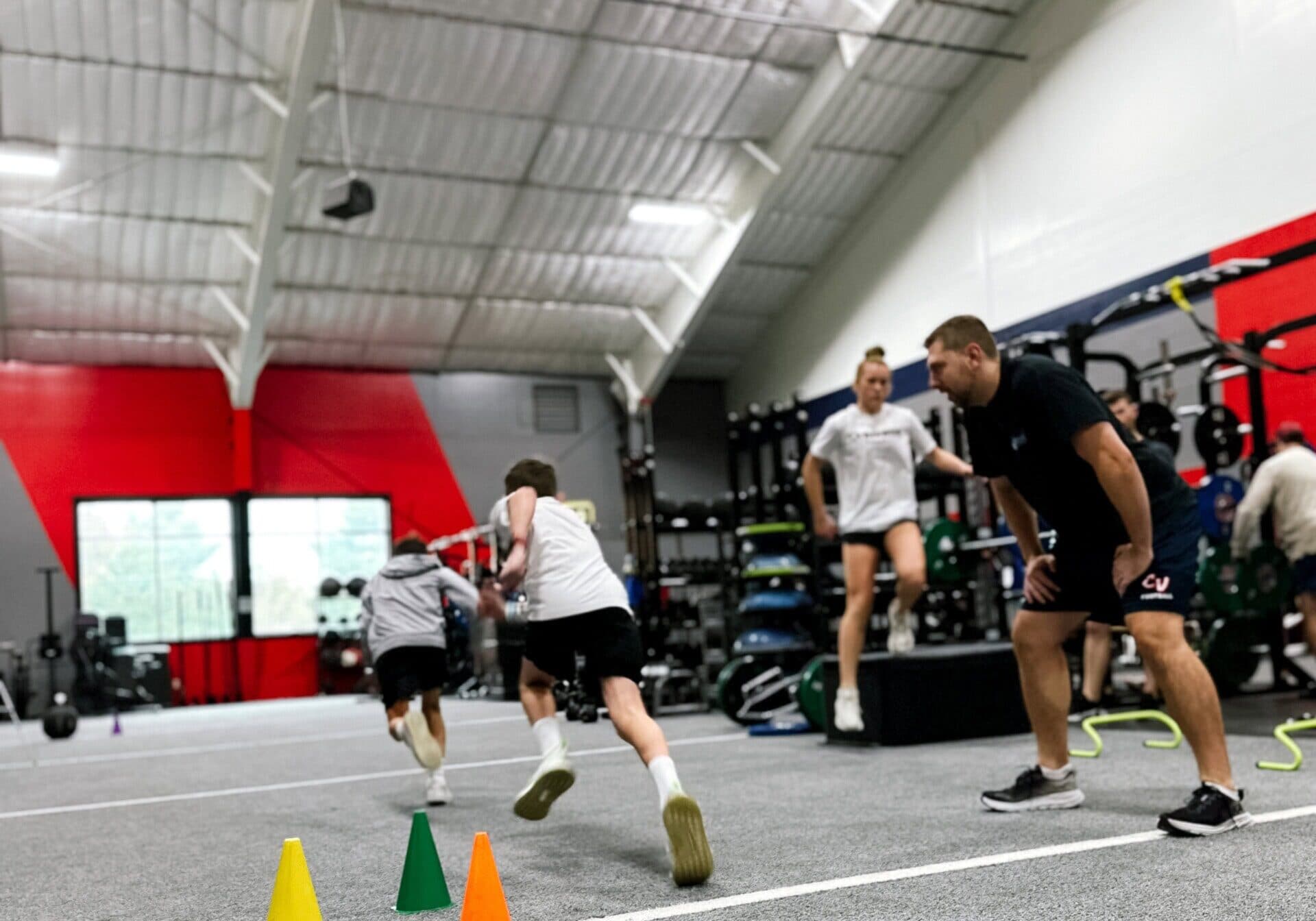
The Exercise You Should Be Doing #4
📝 It’s easy to categorize an exercise like split squats and lunges as knee-dominant since they involve a “push” through the front leg. Likewise, exercises that involve a “pull” through the front leg are clearly hip-dominant. The reverse slide board lunge, however, is in a category of its own, and what it looks like – a knee-dominant movement – hardly matches up with what it feels like. In a way, it’s a lot like the trap bar deadlift in that it combines the best of the squat pattern with the best of the deadlift pattern, albeit in a unilateral fashion.
💯 For that reason (among others), the reverse slide board lunge delivers a number of unique benefits:
⏩ It hammers the posterior chain. Since the back foot never leaves the ground, the front leg has to pull – not push – in order to bring the hips back into the starting position, which forces the glutes and hamstrings to work overtime on each and every rep.
⏩ The quads are recruited in a novel way. Whereas there’s a brief pause in tension during the stepping portion of other lunge variations, the reverse slide board lunge involves constant tension since the back foot stays on the ground. Moreover, unlike lunges, it challenges the rear leg on both the eccentric portion of the movement (to maintain tension and control), and the concentric (to drive the knee forward against resistance).
⏩ It’s especially knee-friendly. There’s not nearly as much knee flexion occurring in the rear leg, while the front leg hardly moves at all. This places significantly less pressure on the knees and makes it far easier to maintain a vertical shin.
⏩ There’s an added mobility component. The reverse slide board lunge exercise facilitates an active eccentric hip flexor stretch through a huge range of motion. Combined with sufficient loading, this can improve hip mobility and lower body function much more effectively than any passive stretch.




